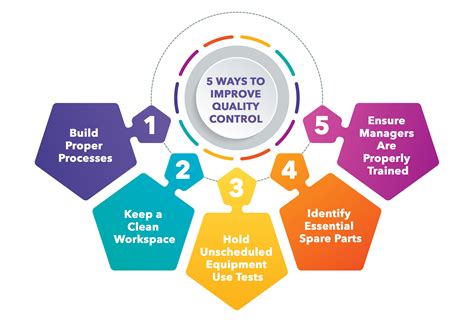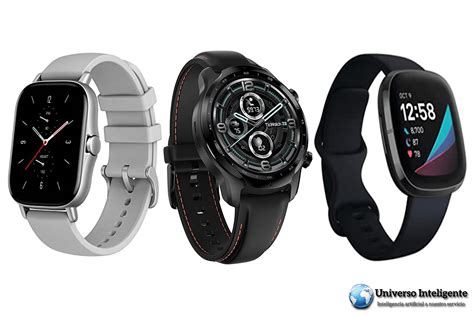In today’s increasingly sedentary work environment, prolonged sitting has become a silent adversary to health, particularly for men whose demanding careers often involve extended periods at a desk. Back pain is not just an inconvenience; it’s a debilitating condition that saps focus, reduces energy, and significantly hampers long-term productivity. The right office chair, however, is more than just a piece of furniture; it’s a critical piece of gear that can act as a preventative measure, a productivity enhancer, and an investment in men’s enduring health.
The Silent Epidemic: Back Pain in the Workplace
For many men, the aches and pains associated with sitting for eight hours or more daily are dismissed as an inevitable part of office life. However, chronic back pain, often stemming from poor posture and inadequate support, can lead to serious health issues, including sciatica, disc degeneration, and chronic muscle tension. This pain doesn’t just manifest physically; it impacts mental clarity, mood, and ultimately, one’s capacity to perform at their peak. A quality ergonomic chair is designed to counteract these detrimental effects by promoting proper spinal alignment and reducing stress on the musculoskeletal system.
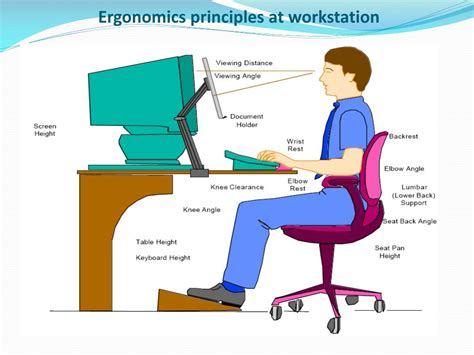
Key Ergonomic Features for Men’s Back Health
When selecting an office chair, especially with a man’s typically larger frame and specific anatomical needs in mind, several features are paramount:
Adjustable Lumbar Support
The lower back’s natural inward curve (lumbar lordosis) needs consistent support to prevent slouching and maintain proper spinal alignment. A high-quality chair offers adjustable lumbar support, allowing the user to customize the height and depth of the support cushion to fit their unique spinal curve. This is crucial for preventing the flattening of the lumbar spine, which is a common cause of lower back pain.
Appropriate Seat Depth and Width
For men, a common issue is a seat that is too short, leading to improper thigh support and increased pressure behind the knees. An ergonomic chair should offer adjustable seat depth, allowing a 2-4 inch gap between the edge of the seat and the back of the knees. The seat should also be wide enough to accommodate the hips comfortably without feeling restricted, typically around 19-22 inches.
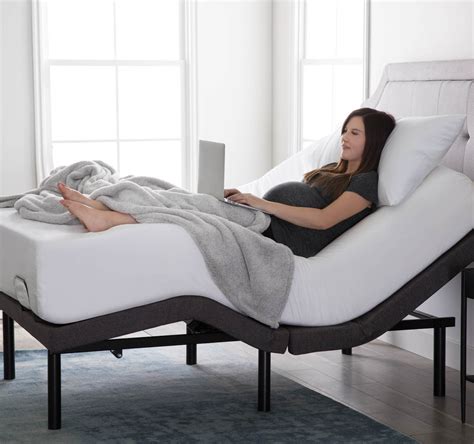
Multi-Dimensional Armrests and High Backrest
Armrests should be adjustable in height, depth, and pivot to support the arms and shoulders, reducing strain on the neck and upper back. For men, a backrest that extends high enough to support the entire back, including the shoulders and upper back, is essential. Many ergonomic chairs feature a backrest that is at least 20-25 inches tall from the seat, ensuring full spinal support.
Synchronized Tilt and Recline Mechanisms
The ability to recline and tilt the chair encourages dynamic sitting, which is healthier than remaining in a static position. A synchronized tilt mechanism allows the seat and backrest to recline at a coordinated ratio, maintaining consistent back support. This feature helps to shift weight, alleviate pressure points, and promote better blood circulation throughout the day.
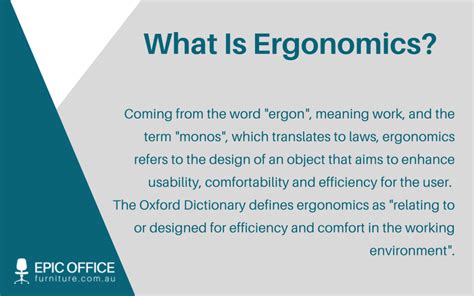
Beyond the Chair: A Holistic Ergonomic Workspace
While the chair is central, it’s part of a larger ergonomic ecosystem. The desk height should allow arms to be at a 90-degree angle to the keyboard, with feet flat on the floor or a footrest. The monitor should be at arm’s length, with the top of the screen at eye level. Regular movement breaks, stretching, and even incorporating a standing desk can further enhance the benefits of a quality chair.

The Long-Term Dividends: Health, Focus, and Productivity
Investing in a high-quality, ergonomic office chair is not an expense; it’s an investment in your long-term health and professional success. By preventing back pain, it reduces discomfort-induced distractions, allowing for greater focus and concentration. Improved posture enhances blood flow and reduces fatigue, sustaining energy levels throughout the workday. Over years, this translates into consistent high performance, fewer sick days, and a significantly healthier, more productive career trajectory.

Conclusion: Invest in Your Foundation
For men committed to excellence in their careers and well-being in their lives, the choice of an office chair is paramount. A quality ergonomic chair, with features tailored to provide optimal support and adaptability, is the foundation for preventing back pain and fostering peak long-term productivity. It’s about creating an environment where health is supported, comfort is assured, and professional potential is fully realized. Make the smart choice today to safeguard your back and boost your productivity for years to come.
